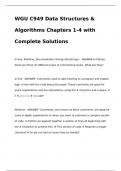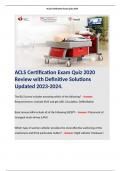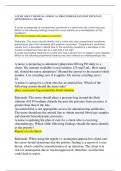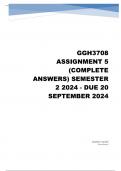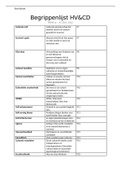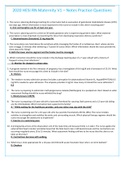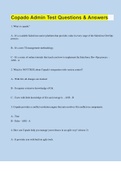Exam (elaborations)
WGU C949 Data Structures & Algorithms Chapters 1-4 with Complete Solutions
- Module
- Institution
WGU C949 Data Structures & Algorithms Chapters 1-4 with Complete SolutionsWGU C949 Data Structures & Algorithms Chapters 1-4 with Complete SolutionsWGU C949 Data Structures & Algorithms Chapters 1-4 with Complete Solutions In-line, Multiline, Documentation Strings (Docstrings) - ANSWER-In Python, ...
[Show more]
